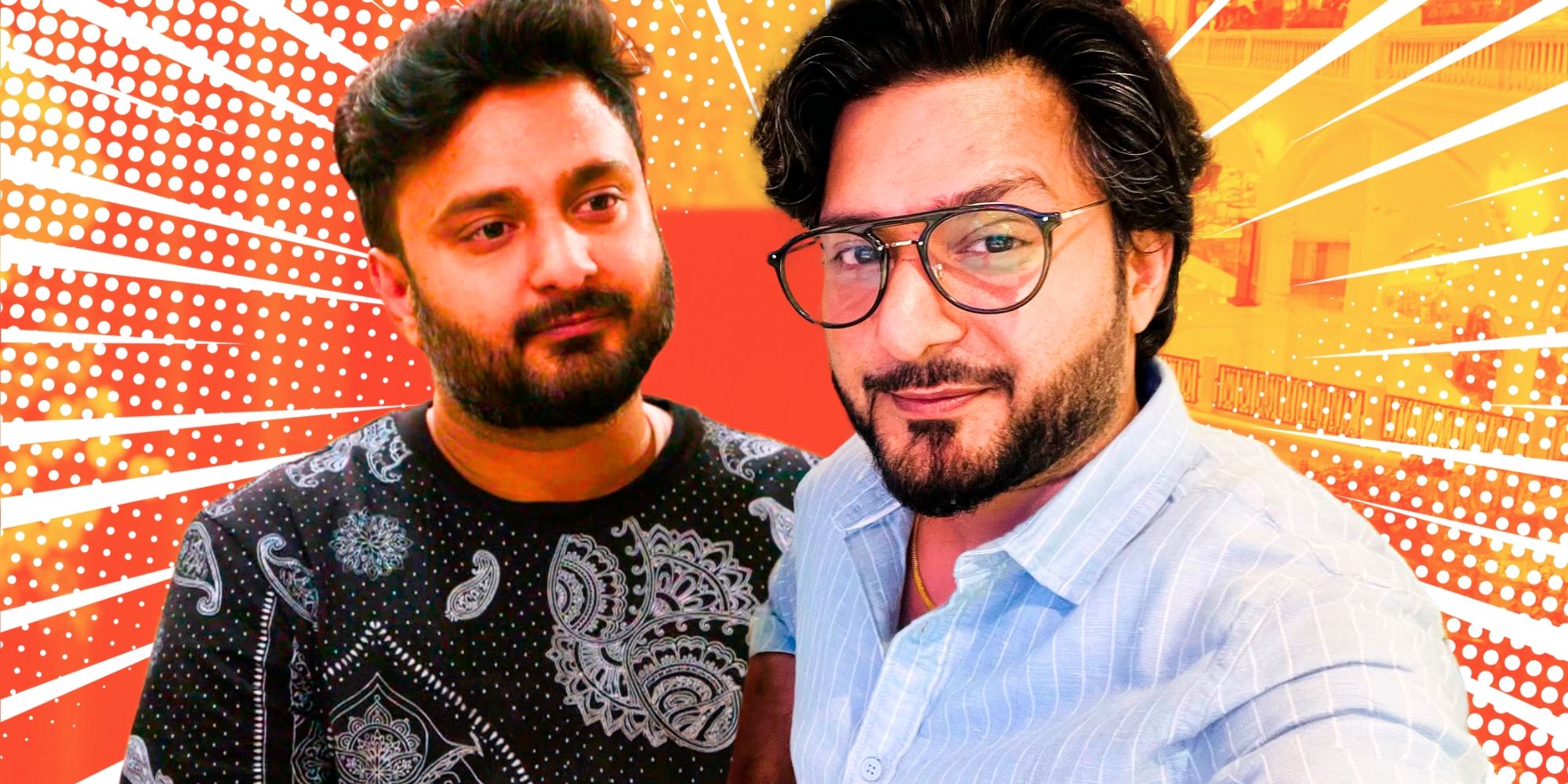World
A bloodied hunter in the world’s first designated wilderness: Kathleen Orlinsky’s best photograph

The Gila Wilderness in New Mexico was, in 1924, the first designated wilderness area in the world. Forester Aldo Leopold’s concept was to create a pristine place untouched by man – there would be no mechanised vehicles or buildings, but horses, rafts, hunting and fishing would be allowed. How we designate a wilderness hasn’t really changed in the last century. In some ways, Gila was ahead of its time – in the early 20th century, nobody was really thinking about conserving the land. But they also forgot about the people living in this area: the Chiricahua Apache had been there for 200 years, and the Mogollon before that. The Gila is an example of how contradictory conservation can be, back then and now.
One of the most interesting examples of this is the elk. These were once widespread in the Gila region, but were gradually hunted out. In the 1970s, the Forest Service reintroduced Rocky Mountain elk – but since the elk don’t know how to survive in the desert conditions, they had to build water tanks, even though construction was against the principles of conservation. Fifty years on, the elk are part of the reason people visit.
The elk are also important to people who live in the region. Lainey, who appears in this image, has deep family ties to the Gila. Her maternal great-grandfather was the first homesteader in the region after the defeat of the Apache by the American military. On her father’s side, she has Pueblo and Navajo ancestry. I had met her because her father runs the only store in the town I was staying in while working on my story, America’s First Wilderness, for National Geographic.
I had been going back and forth to the Gila between 2020 and 2023, and Lainey is one of the few youths and the only young girl I met who was training to hunt. But gender doesn’t matter as much as keeping the tradition alive, and passing down the knowledge. I am fascinated by the way Indigenous communities hunt. It is a huge part of their culture and spirituality. I have deep respect for those who do it.
The first elk hunt is a special moment. Families in the Gila depend on the meat, and they thank the animal and bless it for its sacrifice. Marking the hunter’s cheeks with the animal’s blood is a family tradition practised by many – a symbol of success that honours the hunter’s first harvest. From the age of 10 or 11, children learn how to hunt as part of a Forest Service training programme.
I had gone out on horseback for a number of days with Lainey, her brother and father. You never know when the animals are going to show up – these elk know they’re hunted and they’re pretty skittish. After a couple of nights camping, we spotted about 30 – the biggest herd I’d ever seen. We were on a slope and had a clear view. With the guidance of her father, Lainey took aim and shot. When we got down to where the animal had fallen, she had to shoot again – I imagine that is the hardest part. After she got the elk, she cried. When the harvesting and processing was done and the family had said a prayer, I took Lainey’s portrait.
I came to photography through activism. I care a lot about social issues and politics, and photography became a way to explore them. I used to photograph conflicts and news, but after an assignment covering dog sled races in the Canadian Yukon, I became more interested in the climate crisis and the environment. Now my work is often environmental and nature-focused. Recently, I have been concentrating on solution stories. My goal – albeit idealistic – is to change people’s minds and raise awareness about environments and cultures at risk due to the climate crisis.
With the Gila story, it is more about the idea of conservation – about rethinking ethical conservation and how to protect wild places. I wanted this portrait to foster empathy and connection – and to make the viewer want to ask questions. Indigenous people are doing incredible work to protect the environment and they have so many answers. They’ve been out there the whole time, quietly saving the planet. We need to pay attention.
Kathleen Orlinsky’s CV
Born: New York, 1983
Trained: Self-taught
Influences: Graciela Iturbide, Sebastião Salgado, Susan Meiselas
High point: “So many. But one recent one was two summers ago, when after years of trying and days camping and hiking alone in the wilderness, I finally found myself in the middle of 50,000 western Arctic caribou as they migrated through one of the most remote parts of Alaska. I’ll never forget lying on the tundra behind a rock, feeling the landscape hum beneath me as I photographed tens of thousands of these incredible creatures pass by.”
Low point: “Losing colleagues and friends covering conflict.”
Top tip: “Kindness and respect for others – from the people and communities we photograph, to the people we work with and meet along the way. Photographers might spend a lot of time alone, but we absolutely cannot do this work alone. It’s so important to build true friendships and connections.”
Kathleen Orlinsky is the winner of the Sustainability Prize, Sony World Photography Awards 2024. Highlights from this year’s awards are on display at the Museo Diocesano Carlo Maria Martini, Milan, Italy until 29 September, the book is available at shop.worldphoto.org








